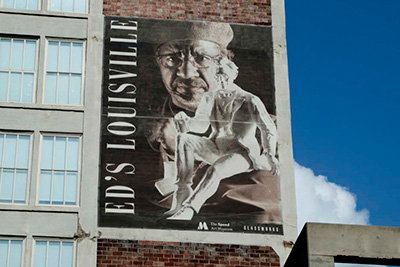The (Un)Known Project is a collaborative, two-year initiative led by IDEAS xLab to tell the stories of both known and unknown Black men, women, and children that were formerly enslaved and hidden figures in Louisville, Kentucky. This week we talk with old friends William Duffy & Dave Caudill, the two sculptors working ion this project, which will be unveiled Saturday, June 19.
William Duffy was born and raised in Louisville, Kentucky. Always having a special talent for painting and drawing, Duffy graduated from the Louisville School of Art with a BFA in painting.
Duffy’s work can be found in numerous private, corporate, and public collections, including Phillip Morris USA, Brown-Forman Corporation, Kentucky Fried Chicken (now YUM! Brands, Inc.), Humana Inc., The Louisville Orchestra, and the J.B. Speed Art Museum.
David Caudill creates artworks for public, corporate and private collections. His larger public works are found at Louisiana’s Rip Van Winkle Gardens, East Tennessee’s Horizon Center park, the University of Kentucky’s Singletary Center for the Arts, and the University of Louisville School of Music. Corporate collections include Brown-Forman Corporation and Fire King International. Individual collectors across America have acquired his work.
He is also one of the few sculptors in the world who have created an environmental undersea sculpture. Caudill’s artwork was placed on the seabed near Nassau, The Bahamas.
The {Un) Known Project’s first public art installation "On the Banks of Freedom" gets unveiled June 19 as part of Juneteenth: Past, Present, Future.














